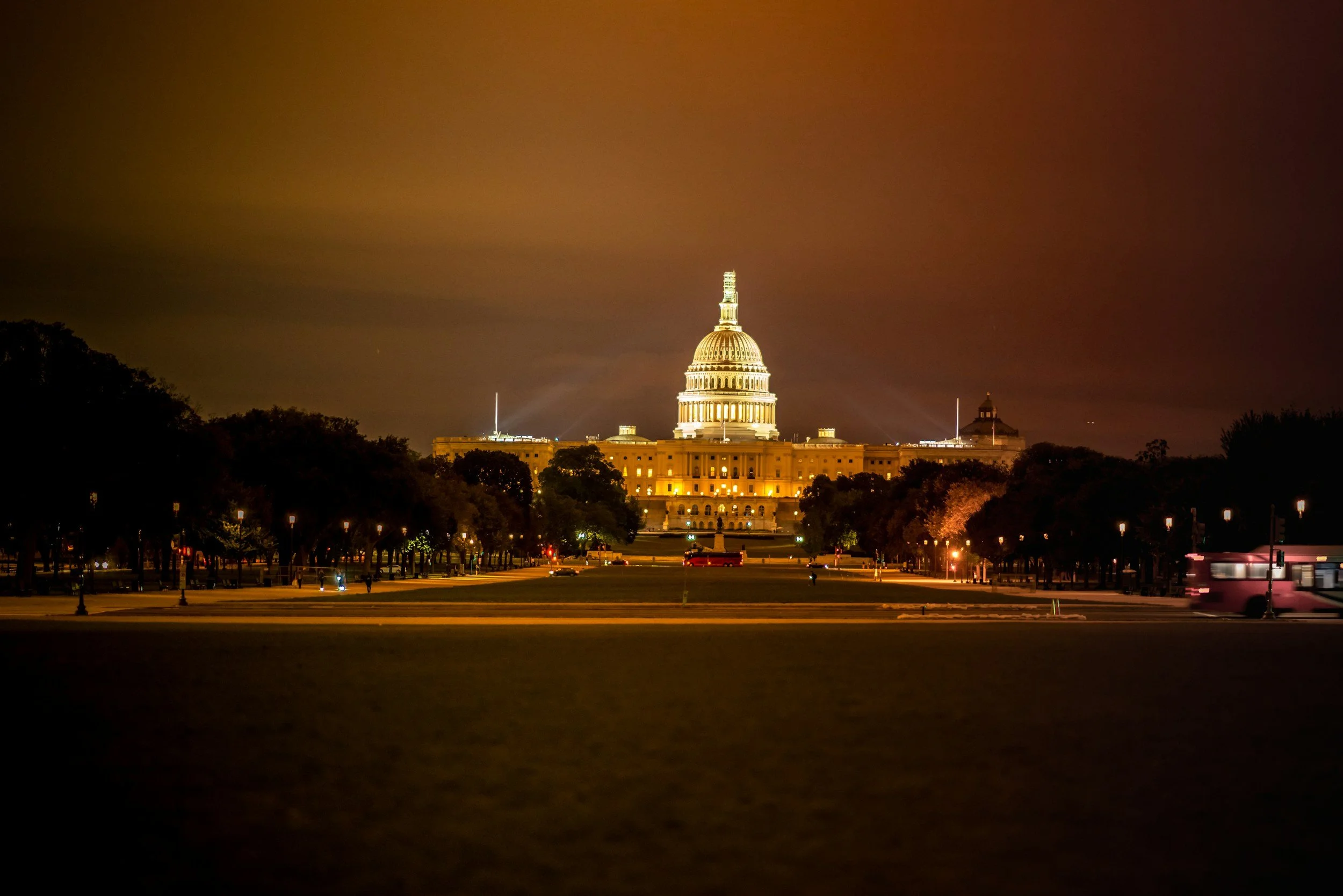
RYC Policy Priorities
The Reconnecting Youth Campaign champions policies and programs to reconnect at least 1 million Opportunity Youth across the country, with a focus on the following policy priorities.
The Reconnecting Youth Campaign remains at the forefront of legislative investment victories centering Opportunity Youth.
Since our launch in 2017, our advocacy has focused on working with elected officials to ensure youth and young adults disconnected from education and employment are prioritized in budget decisions, policies and programs. Equitable access to education, employment and service pathways lead to intergenerational economic mobility for youth, young adults, and their families.
Our current priorities include:
Fund 1 Million Pathways to Opportunity
Each year, Congress makes decisions about funding for government operations and activities—ranging from national defense, education, and homeland security to the programs that serve Opportunity Youth. This is called the appropriations process. Congress has developed certain rules and practices for this, which it follows when operating under regular order.
We are currently urging Congress to provide robust funding for programs that serve Opportunity Youth OR at least a 20% overall increase in funding over fiscal year 2025.
Update, Improve, and pass the reauthorization of the Workforce Innovation and Opportunity Act (WIOA)
In November of 2024, House Education and Workforce AND the Senate Health, Education, Labor, and Pensions Committee Leadership announced that they reached a bipartisan agreement to reauthorize WIOA. Those efforts created the A Stronger Workforce for America Act (ASWA), which included bold proposals to reshape workforce development, including targeted funding mandates and strengthened employer partnerships.
These bold proposals also include the renaming the out-of-school youth definition to “opportunity youth” which includes youth experiencing homelessness or youth involved in the foster care system, regardless of school status; allowing young people to self-attest to certain statuses so they can be served upon arriving at programs, requiring state and local workforce boards to produce an analysis of the opportunity youth population in the state and their needs; and authorizing increased funding for the WIOA Title I Youth Program.
Despite bipartisan support, the bill failed to pass, leaving WIOA reauthorization in limbo.
Though no bill is perfect, and while the WIOA reauthorization efforts were particularly affected by a variety of bipartisan compromises, WIOA remains the only federal funding stream devoted explicitly to workforce support for opportunity youth. Without reauthorization, Congress risks losing a crucial source of workforce support for this important group.
WIOA also has the opportunity for improvement to better support all young people during the reauthorization process. We encourage the reauthorization of the Workforce Innovation Opportunity Act (WIOA) to center the experiences and expertise of young people and simplify eligibility requirements, especially for youth and young adults between the ages of 14-24 who face significant barriers to employment, address the evolving nature of work and improve and invest in local governance.
Improve federal programs to better meet the needs of Opportunity Youth
Every federal youth program should meet clear safety and accountability standards. Young people deserve to be safe, supported, and heard in any system that claims to serve them. Partnering with local workforce boards, community colleges, and education providers is critical to ensure seamless transitions for Opportunity Youth, and to integrate best practices in wrapping support around vulnerable participants.
Improving OY programming also means strengthening programs by increasing stipends, adding housing and mental health supports, and ensuring service roles are accessible to low-income and marginalized youth. The creation of an Opportunity Youth Reconnection Innovation Fund would empower communities to pilot and scale effective reconnection models centered on youth voice, equity, systems change & local needs.



